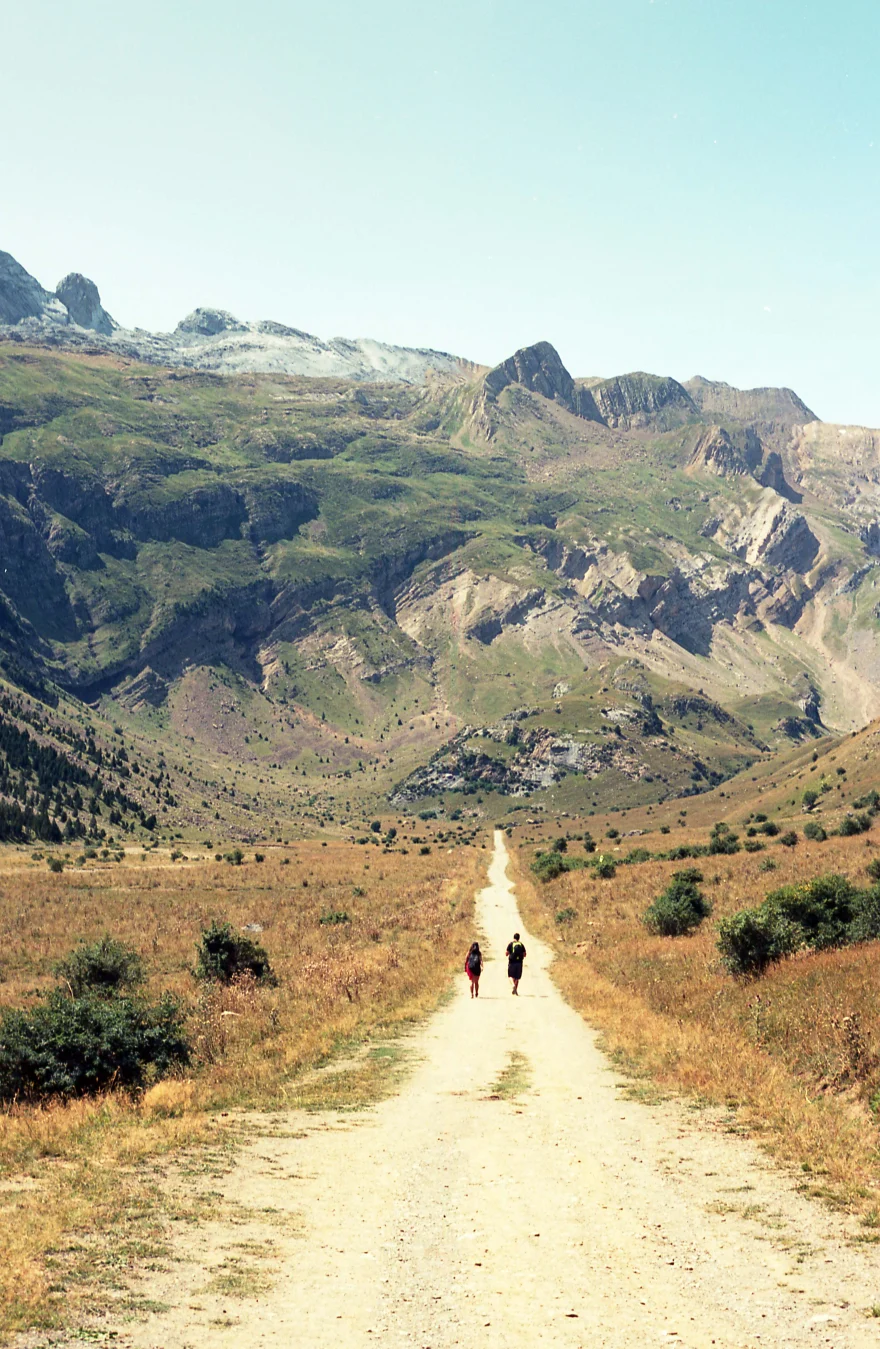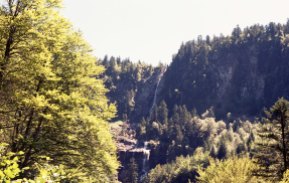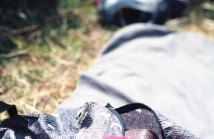The Ektar 100 is one of the films from the professional color negative films offered by Kodak. Along with Portra series: 160, 400 and 800, that are more oriented towards pastel shades and softer skin tones, Ektar is a more saturated and vivid film than any other in the Portra family. More oriented towards product photography and landscapes, intense colors and smooth grain as promised in the film data sheet:
“EKTAR 100 Film is the world’s finest grain color negative film. With ISO 100 speed, high saturation and ultra-vivid color, this film offers the finest smoothest grain of any color negative film available today.”

| Name | KODAK Ektar 100 |
| ISO | 100 |
| Developer | C-41 |
| Available formats | 35mm, 120mm, 4×5, 8×10. |
| Exposures | 35mm: 36.
120mm: Depending on the format. 4×5 and 8×10: 10 sheets pack. |
| DX coding | Yes |
| Availability | ★★★★☆ |
I had some rolls of Ektar sitting in my fridge for a while, waiting for a good opportunity (weather/location) to shoot. A trip to the north of Spain, Pyrenees, and south of France was the perfect place to take this film out. Hiking, grass, high mountain, and blue skies sound just right for Ektar.
Ektar is a high contrast film, that’s why it will work great with older cameras and lenses, maybe even too contrasty with more modern lenses. With the ones I brought to this trip, Nikkor 28mm Ai and 50mm f1.8 Ai, especially shooting with nice bright light, I had no problem getting high contrast and lots of detail in almost every image. However, is always interesting to know that there is a film in the market that will help us to compensate the lack of contrast that we can find in older lenses.


Taking a closer look to colors separately, we can quickly appreciate that Ektar gives a more vivid blue, red and green. That means beautiful skies, vivid foliage, and sunsets. A bit more problematic with skin tones, though. The blue in the facade of the store was kind of faded, and even so, we obtain a vibrant color in the final print (or scan).


Reds, with a small shift to brown characteristic from Kodak, are also vibrant and intense. Ektar is also a great film for nature and macro, It will render punchy images that call the attention of the viewer. Green tones are slightly less vivid than reds/blues but definitely not washed off.


Yellow tones like the other colors are vibrant and vivid, however, I noticed that with really harsh light, light yellow tones become slightly darker, and the darker yellow tones switch to a brilliant light brown. It creates really vivid images, however, for my personal taste, makes the picture “too surreal”. For green foliage, like in the pictures on top, it can be maybe too distracting, but I’ve seen examples of photos taken in the desert and autumn scenes, the result is just stunning!
Finally, I tested this film in some portraits, with some friends with a lighter skin tone (Maggie) and darker skin tone (Jorge) under natural light and direct flash, to see how this film reacts to different situations. You can click to enlarge this gallery.
Ektar is definitely not marketed as a portrait film, it is a saturated color film that can distort the natural skin tones. In my case, more than the famous red-pink skin tones that we get from Ektar, I got a bit strange orange cast. Ektar wouldn’t be my choice for a proper portrait session, however if color is part of your composition, or an element of the portrait you are taking, definitely it will create stunning images. It can be also easily desaturated and corrected in post-processing.
Color chart and measurement of the colors.

RED Average Colour R:220.0 G:112.0 B:95.0
YELLOW Average Colour R:251.0 G:209.0 B:99.0
BLUE Average Colour R:99.0 G:134.0 B:174.0
GREEN Average Colour R:147.0 G:181.0 B:109.0
You can take also a look on this article on How do I measure the colors?
Kodak Ektar is a great landscape film, it makes more sense to me in other formats than 35mm. If I were using a medium format camera, this would be definitely my to-go film. It is contrasty, produce sharp-saturated images. If creating colorful compositions were colors are the main object of the picture, I would also choose this film. Grain is really fine in 35mm and almost inexistent in bigger formats.
A key point for this film is: light. During a blue sunny day, Ektar will deliver stunning colorful images, would absorb every tint of light and convert it in a nice colorful composition.
It wouldn’t be my main choice for portraits, it doesn’t mean is bad for portraits at all. Just a quick search in any social media and you can find amazing saturated portraits and scenes, colorful streets in India, vibrating big cities. It would be my choice for a sunny hiking day, for a landscape outing (with tripod, filters etc.) and for street photography.
Ektar is not too expensive, considering that the closest “professional” quality film that you can get is slide (Velvia). The hassle of developing E-6 and dealing with the low-latitude might be a factor to choosing Ektar over any other film.
YES ⇑
- Landscape photography
- If you shoot also medium and large format and want to keep consistency in your work.
- Product photography
- Any situation full of light, day a t the beach, streets, hiking etc.
- Compositions were color is the main element.
NO ⇓
- Natural skin tone portraits
- If you look for a peaceful, desaturated and low-contrast situations.
- Low-light situations, I’d rather get a different film than pushing Ektar.
Check out the gallery for more shots taken with this film!































































I’ve started using Ektar 100 for street and environmental plus a little travel. More than anything I have noticed that the results give me what I remember of the scene. It is useful to know what the latitude is: 1 stop under, two stops over.
Thanks for this Film review series, people on 2018 still enjoying it
I love Ektar, great review Carlos!
PS: https://nandografias.wordpress.com/2018/02/07/ektar-100-y-el-verano-austral-2018/
Love Ektar film ! I used the first ones (25, 125 and 1000 around 1990) because of high detail and few grain. Nowadays I like using a 100 from time to time and even pushed a roll +2 in a toy camera with good results.